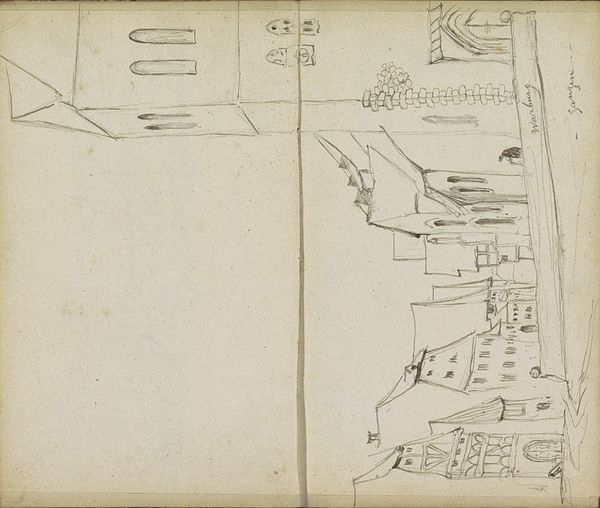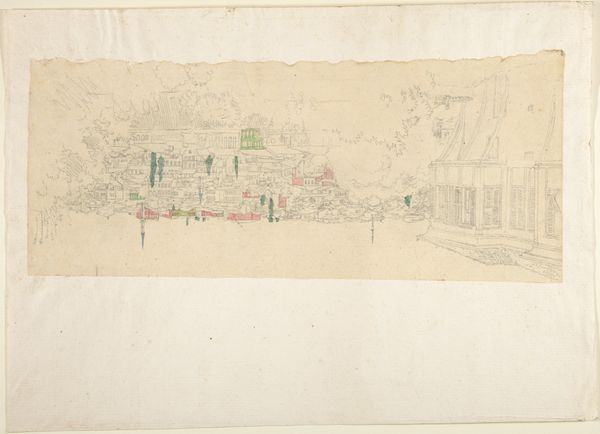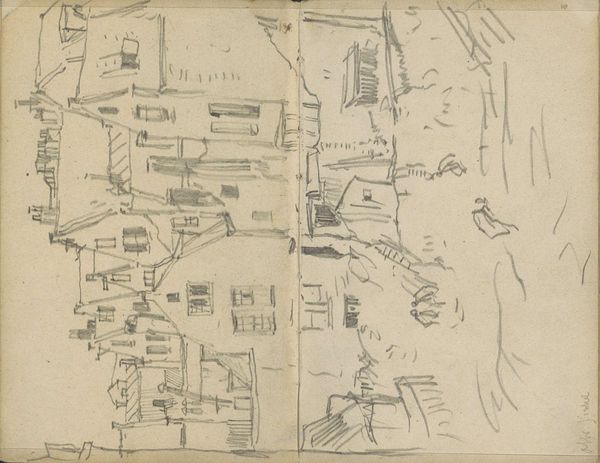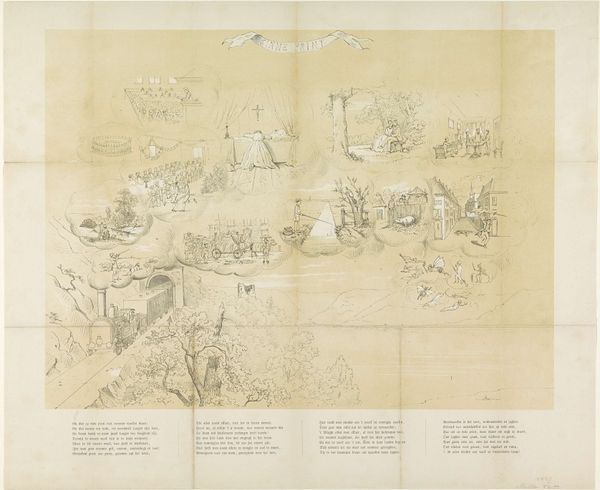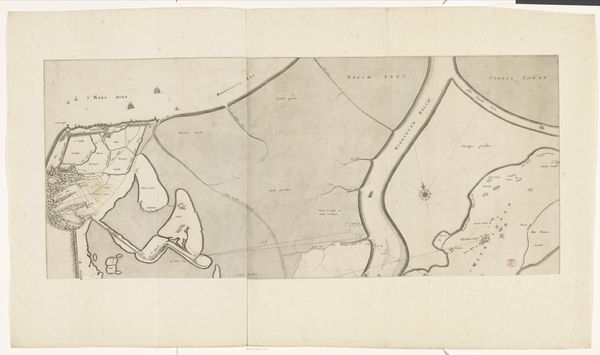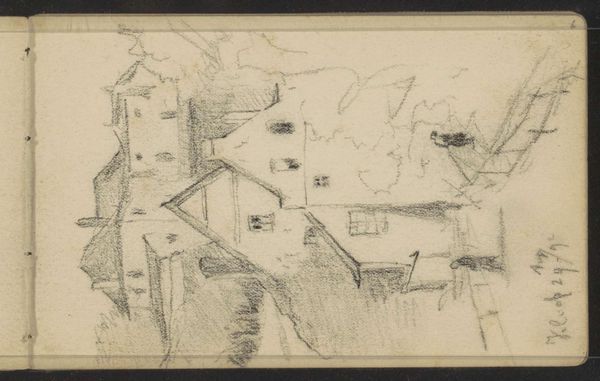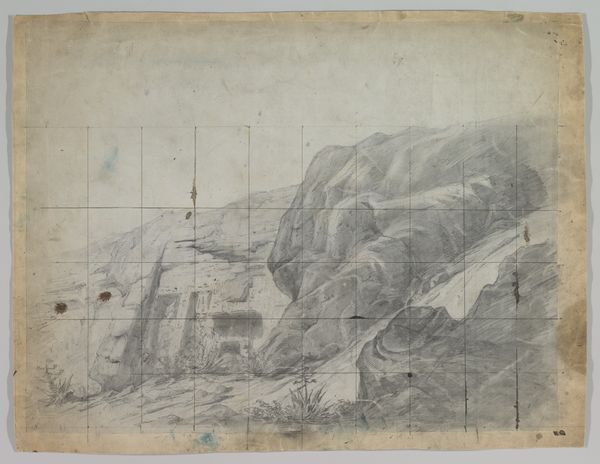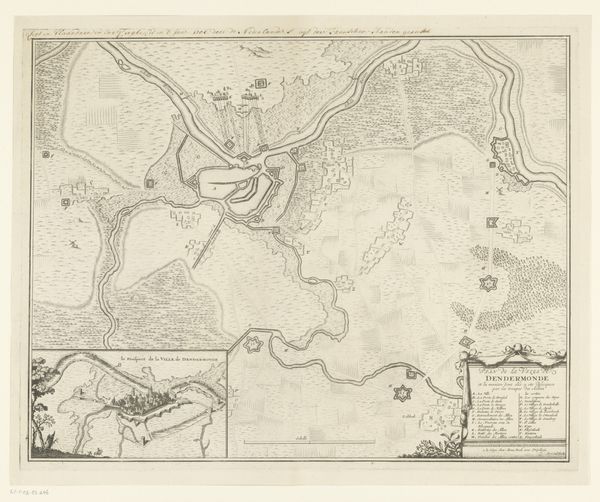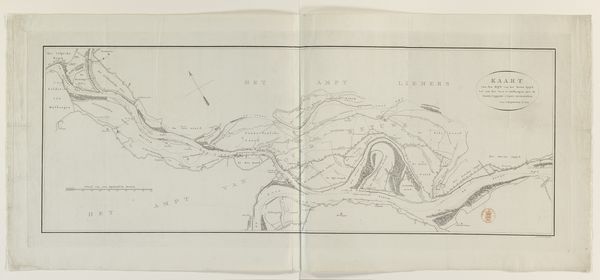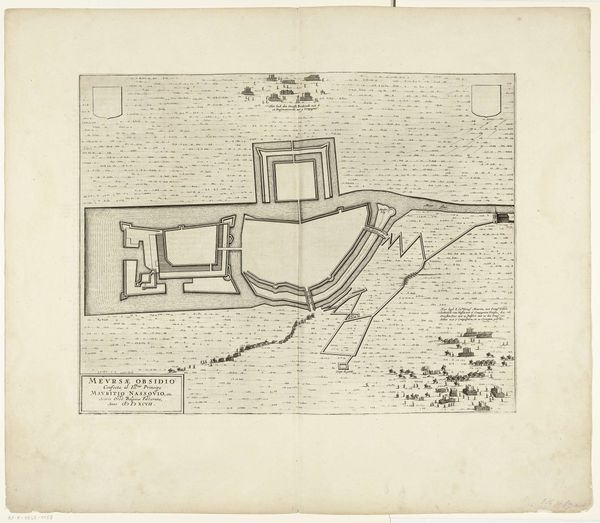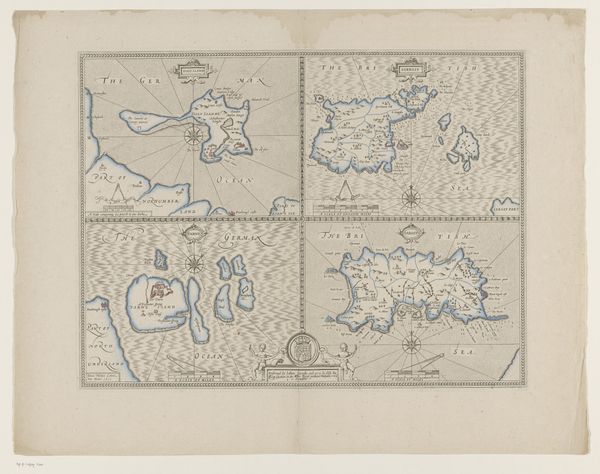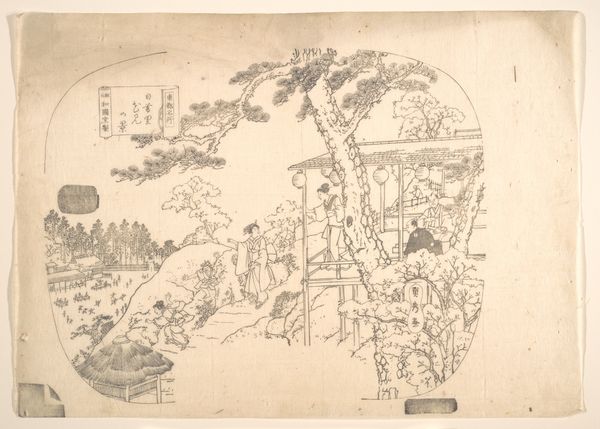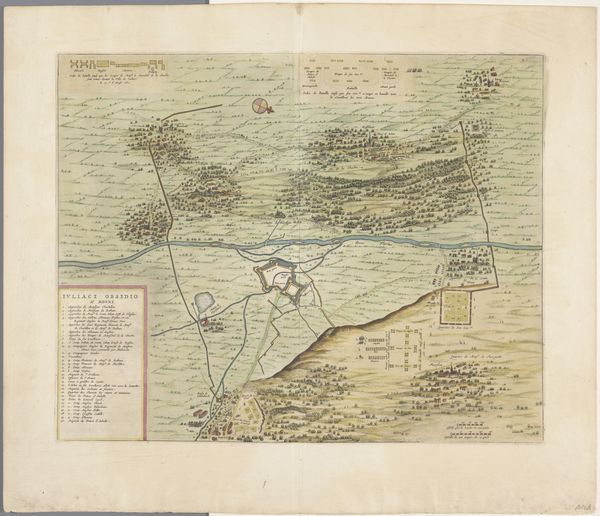
drawing, paper, ink
#
drawing
#
narrative-art
#
landscape
#
ancient-egyptian-art
#
figuration
#
paper
#
ink
#
egypt
#
ink drawing experimentation
#
ancient-mediterranean
#
men
#
line
#
history-painting
Dimensions: H. 39 cm (15 3/8 in); w. 95 cm (37 3/8 in) - as mounted scale 1:3 framed: h. 40.6 cm (16 in); w. 97.5 cm (38 3/8 in)
Copyright: Public Domain
Editor: Here we have "Funerary Provisions and Hunting, Tomb of Djari," created around 2050 BC. It’s an ink drawing on paper. The monochromatic palette and the seemingly simple line work create an almost dreamlike vision of ancient Egyptian life. What strikes you when you look at this piece? Curator: What stands out for me is how the image functions as a potent symbol of the cycle of life, death, and rebirth. It's not just a depiction of funerary rituals or a hunt; it's a layered visual language, deeply embedded in Egyptian cultural memory. Notice how the artist juxtaposes the scenes of provision with the hunting scenes. What might that signify to you? Editor: Well, provisions suggest sustenance in the afterlife, perhaps guaranteeing a continued existence. The hunting scenes... maybe providing for that existence or demonstrating the deceased's power? Curator: Exactly! Hunting was not merely a sport but also a metaphor for overcoming chaos and ensuring order, a vital concept in ancient Egyptian belief. And the depiction of funerary rituals? Notice the presence of specific objects, the gestures of the figures. They all contribute to a visual narrative intended to ensure Djari's successful transition to the afterlife. Consider also, the ink drawings mimic relief sculptures and painted murals within the tombs, where these images are a constant cultural anchor through generations. Editor: It’s interesting to consider that each element, even seemingly mundane, is loaded with meaning related to their beliefs about the afterlife. It goes way beyond simple record-keeping. Curator: Precisely. This work highlights how images become powerful vehicles for cultural continuity and remembrance, connecting us to a civilization that existed millennia ago. It's not just art; it's a visual testament to human beliefs and aspirations. Editor: It's amazing how much can be gleaned from what initially appears to be a simple drawing. I'll definitely look at art from ancient cultures differently now. Curator: That's the power of iconography! It's like unlocking a secret language of symbols that whispers across time.
Comments
No comments
Be the first to comment and join the conversation on the ultimate creative platform.
